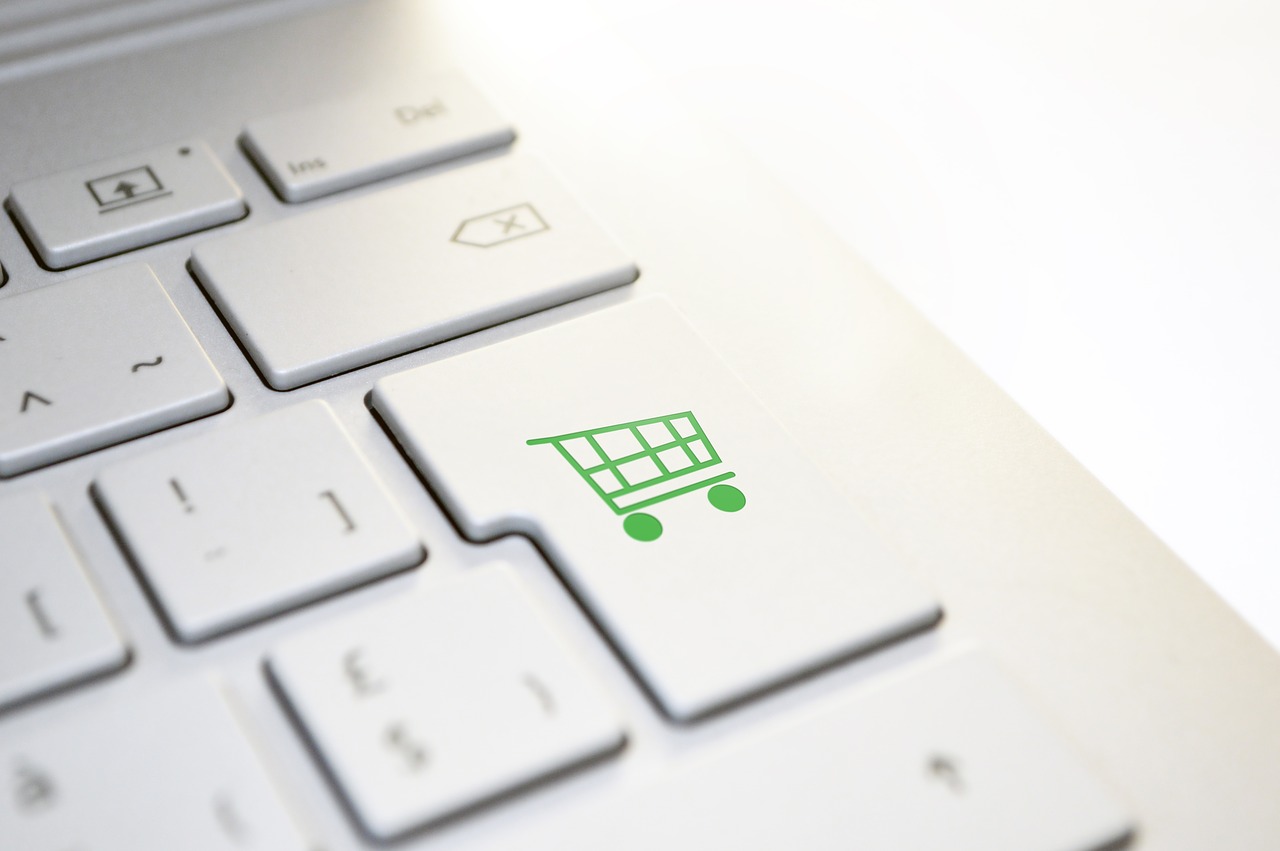As COVID-19 has spread around the globe and seriously affected every aspect of socio-economic life, certain policies and measures have been implemented. More countries and cities are on lockdown. Governments enact stay-at-home orders to fight the pandemic. Unnecessary businesses have to shut down and gatherings of large numbers are banned.
As a consequence, consumers immediately respond to those policies. They rush to supermarkets to purchase essential goods in much larger quantities. Then they turn to place online orders rather than come to physical stores. Businesses must be ready to reshape their selling plans in order to fulfill customers’ changing requirements.
People are panic buying items in bulk
In response to COVID-19, people rush to grocery stores and queue up to buy goods in bulk with the intention of storing essentials. Foods, drinks and household necessities quickly run out of stock. Although governments and experts have advised buyers against bulk-purchasing, the situation seems to keep going. Goods consequently become scarce and their prices dramatically go up. For example, there is a shortage of face masks across a large number of countries.
There is psychological evidence for this behaviour. According to Dr. Ali Fenwick, a behavioural scientist, there are four reasons why people are bulk-buying: survival mode, the scarcity effect, herd behaviour and seeking a sense of control.
Whenever a threatening problem occurs, the primitive instinct of the brain arises. Its foremost objective is to sustain your life. This prevents thinking and making decisions in a rational way. As a result, people just don’t listen to governments’ promise that there will be no shortage of food supply.
A product becoming scarce results in consumers regarding it as a valuable item, even when it is not really essential. Its price hence is pushed to a much higher level.
Many people have a mob mentality, a behaviour in which they act the same way as others do instead of finding the most appropriate solution. One saw a neighbour bulk-buying and stocking up goods in order to cope with the pandemic, and then he did the same thing.
Finally, in such uncertain events, people seek a sense of control over the situation. At least they have enough food when the pandemic comes to the worst.
Different generations react differently
Research conducted by GlobalWebIndex about consumers in the US and the UK found that the level of reaction to the global pandemic varies by each age group. Younger generations seem to be more affected in comparison with the older generations. In detail, 96 percent of the Gen Zs are worried about the COVID-19 outbreak. The number declines to 90 percent for baby boomers. 90 percent of Gen Zs make changes to their daily lives. For instance, they change daily routines to avoid going to public places. They also update the latest news on a more regular basis. This data is compared to 75 percent of baby boomers.
In terms of work routines, Gen Ys witness the most dramatic changes. In fact, employees work mainly from home instead of going to offices. To communicate with the rest of the company, they use telephone, email and other social media platforms. In the meantime, 15 percent reported that their workplace operates as usual, so their work does not change at all.
Regarding fears of a global recession due to COVID-19, only 7 percent of Gen Zs think that there is likely a downturn around the world. The likelihood is felt by 19 percent, 17 percent and 18 percent of Gen Ys, Gen Xs and baby boomers respectively.
Men’s and women’s responses differ
The research indicates that people react differently based on their gender as well.
Men, in general, are more worried about the pandemic than women. A bigger proportion of men turn to place orders online to avoid direct interaction with strangers. Moreover, a quarter of women alter their expenditure on shopping while the number of men rises up to about one-third. The amount of money spent on experience is adjusted by 28 percent of women and 36 percent of men.
With regard to fears of a global downturn, 19 percent of men believe that it will occur in the future, while fewer women think so, with only 13%.
E-commerce sales changes
Due to restriction policies in some countries and cities, retailers who rely mostly on in-store sales obviously face considerable challenges as revenues decrease. It is expected that a larger number of consumers will buy goods online, and e-commerce sales will increase as well.
However, this viewpoint is true for only some specific industries, especially for household essentials and groceries.
A report conducted by Engine shows that, on average, expenditure on online shopping has increased by 10 to 30 percent.
Right after WHO declared COVID-19 as a global pandemic, groceries immediately ran out of stock and became extremely scarce. Consumers had to access online shopping platforms to seek for and place those goods. As a consequence, grocery e-commerce sales saw a significant rise in the second week of March. Other e-commerce categories, however, have not shown any sharp increase in revenue.
Along with grocery e-commerce, subscription businesses also earn huge revenues and conversion rate. According to WITHIN, increases in revenues and conversion rate peaked at over 200 percent and 160 percent respectively.
Different levels of consumption as COVID-19 becomes more widespread
Niesel has carried out an investigation and pointed out that there are six threshold levels of key consumer behaviour emerge around the outbreak of COVID-19.
The six levels include:
Level 1. Proactive Health-Minded Buying: Interest rises in products that support overall maintenance of health and wellness
Level 2. Reactive Health Management: Prioritize products essential to virus containment, health and public safety
Level 3. Pantry Preparation: Pantry stockpiling of shelf-stable foods and a broader assortment of health-safety products; spike in-store visits; growing basket sizes
Level 4. Quarantined Living Preparation: Increased online shopping, a decline in-store visits, rising out-of-stocks, strains on the supply chain
Level 5. Restricted Living: Severely restricted shopping trips, limited online fulfilment, price concerns rise as limited stock availability impacts pricing in some cases
Level 6. Living a New Normal: People return to daily routines (work, school, etc.) but operate with a renewed cautiousness about health; permanent shifts in supply chain, the use of e-commerce and hygiene practices
Click here to learn more about the six thresholds.
Changes in consumer behaviour across product categories
Consumers have perceived the complicated evolution of COVID-19, so they have prepared plans for quarantine. As their shopping behaviour changes to adapt to this unprecedented situation, some product categories experience substantial changes in sales volume.
Health and personal care items quickly sold out both in stores and online. Demand for such products as face masks, hand sanitizers and toilet paper has exceeded supply.
Regarding food and beverage, instead of going to physical stores, consumers turn to order via mobile apps or websites. For long-term provision, packaged goods are being purchased in larger quantities by consumers because their shelf life lasts longer. In the United States, sales of oat milk, fresh meat alternatives and powdered milk products see the most outstanding increases of over 300, 200 and 100 percent respectively, according to Statista.
Home entertainment and media services also gain larger revenues due to stay-at-home orders. People seek services from top providers of streaming content such as Amazon, Netflix, Hulu and Disney. The number of subscribers rises significantly as a result.
Apparel products, however, experience losses as consumers are no longer keen on directly going to stores and purchasing fashion items. Luxury brands undergo the same situation because the Asian market is fundamental for most of them, according to Vogue Business.
Have Shopify stores? Check out the best Shopify Apps to increase sales.



